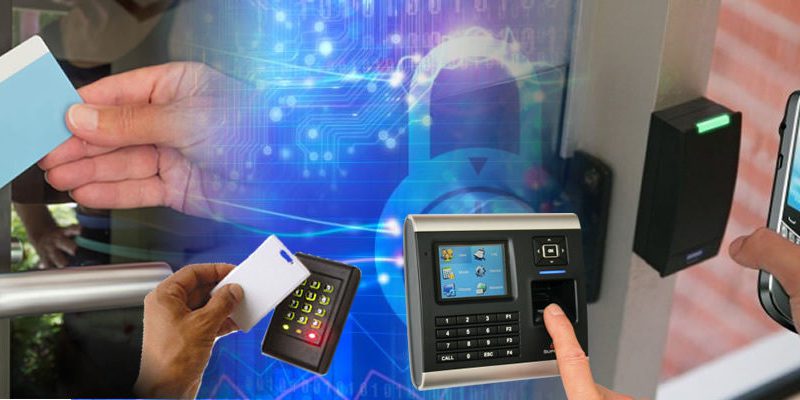Access control is a security technique that regulates who or what can view or use resources in a computing environment. … Physical access control limits access to campuses, buildings, rooms and physical IT assets. Logical access control limits connections to computer networks, system files and data.
The access control system is an electronic system which utilises electronic keys (the tags) to release door locks. The tag, which can be carried by the user on their key ring, is presented in the Proximity of a reader, located adjacent to a door and communicates with that reader utilising encoded radio waves.
A control system manages, commands, directs, or regulates the behavior of other devices or systems using control loops. It can range from a single home heating controller using a thermostat controlling a domestic boiler to large Industrial control systems which are used for controlling processes or machines.
The goal of access control is to minimize the risk of unauthorized access to physical and logical systems. Access control is a fundamental component of security compliance programs that ensures security technology and access control policies are in place to protect confidential information, such as customer data.
- Increase Ease of Access for Employees. …
- Get Rid of Traditional Keys. …
- Save Money and Energy. …
- Keep Track of Who Comes and Goes. …
- Protect Against Unwanted Visitors. …
- Give Employees the Freedom to Work When They Need To. …
- Prevent Against Data Breaches.
A building access system is composed of four basic pieces, the Master, the Site Controller, the Entry Control Unit, and the User Input Device. These four components are crucial to creating or expanding your building access system.

